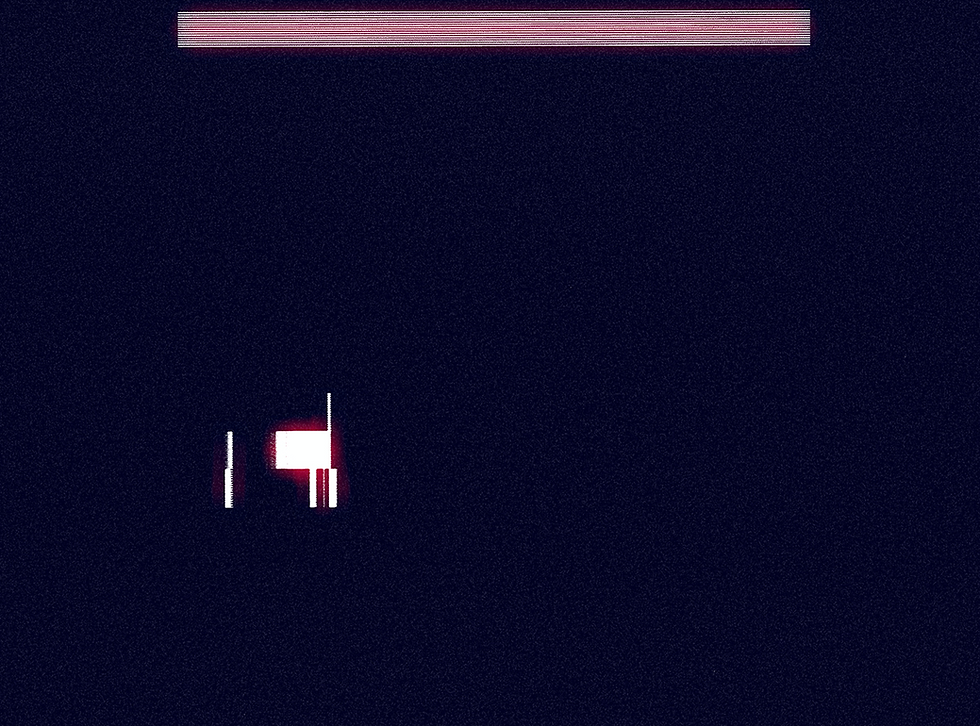Miche O'higgins
- Posthuman Art Network

- Oct 9, 2022
- 3 min read
Lab for Slippery Instincts is the cross-disciplinary design practice of Miche O’higgins. Through her work she is exploring queer identities and non/fictional ecological futures through embodied research, making and movement. At the moment she is researching pleasure politics and eroticism from an ecological perspective, working across micro to macro scales and from various non-human perspectives in order to cultivate new ways of relating to our changing habitats. She has an emerging performance practice where she explores themes of mutation and transformation, exploring beastly presentations of gender and experimenting with various non-human forms of roleplay. Miche shares an increasingly collaborative practice with sound designer, Alex Scobie, and together they are tenderly creating both virtual and off-screen immersive science-fiction experiences, blending set, costume, movement, sound and VR design to invite audiences into their sticky interconnected worlds. Besides her artistic practice, Miche is involved in several community and housing projects, and dreams of nurturing many more, fueled by her interest in experimenting with different and better models of collaboration and collectivity.
Website: https://michelleohiggins.com
Project Proposal:
A posthuman and a cyborg gastropod are suspended from a rope of elastic mucus, two soft bodies coiled in a slimey mating ritual of interspecific pleasure. From both of their heads, an opalescent protrusion extends and meets, folding through petaled configurations over and over again.
This project explores post-human reproduction in a post-gender world, inspired by the mating rituals of the hermaphroditic leopard slug. The research will build towards a drag performance that takes place between a human performer and a soft-bodied slug automata that will reinterpret the mesmerizing aerial choreography of the mating gastropods. It will explore intimacy and erotism from non-human perspectives and seek to unearth narratives of pleasure that resist anthropomorphized understandings.
The project is born from thinking about my own queer reproductive future, beginning to wonder what my ‘options’ are and wanting to explore an expanded understanding of what these could be through a speculative posthuman future. Looking to animal and vegetal worlds presents alternate models that invite us to imagine how society would be radically reorganized around these new reproductive capacities. What does a healthcare system inspired by the matriarchal mole salamander communities look like? How does hermaphoditic procreation destabilize our heteronormative and patriarchal familial structures?
The first materialisation of this interest was a performance series called Symbio; scenes, created together with my partner, Alex Scobie. In the latest episode, the protagonist, a posthuman swamp creature, enters the reproductive phase of their life and joins in interspecific symbiosis with their habitat to create the next generation of hybridised lifeforms. This performance introduced post-human drag to my practice.
If drag is the parodying of oppressive social binaries such as hetorsexuality or cisgenderedness, then post-human drag aims to disrupt the binaries of humanity itself. Using absurdity and grotesqueness, it interrogates the distinctions between human and nature, person and thing, here and there, life and nonlife, sentience and non-sentience to embody supernatural, mythical or even gruesome worlds. Susan Sontag, in Notes on Camp, writes that “camp sees everything in quotation marks. It’s not a lamp, but a “lamp”, not a woman but a “woman””. In drag everything becomes a parody of itself. For me this begins to intersect with ecological thinking when considered alongside Timothy Morton's theories of uncanniness in Dark Ecology where we are urged to ‘weird’ our fetishized yearnings of returning to a pure, undisturbed nature and instead seek out the uncanniness and constructed nature of nature itself. It’s not nature but “nature”. Where gender and nature then overlap is in the fact they are both social constructions built on a very purist belief in the ‘natural’. But as elaborated on by Sontag, “camp is a love of the unnatural; of artifice and exaggeration.”” Drag takes these purist beliefs and mangles them into something synthetic and artificial where the performer inhabits a monstrous liminal un/reality. How then can posthuman drag be used to explore a camp and uncanny ecology? Questioning the boundaries of the human, violating them, redrawing and parodying them in the most grotesque way are all the manifestations of posthuman drag.
I would like to spend the residency really fleshing out these mollusc inspired reproductive futures and seeing what post-human worlds lie on the other side of these imaginations. I would like to do this in dialogue with other queer and feminist design researchers, perhaps through a discussive workshop. Alongside this I want to test out some more embodied research methodologies, beginning to perform and move through these non-humans choreographies in order to develop a wobbly assemblage of a human and machine posthuman drag performance.



Comments